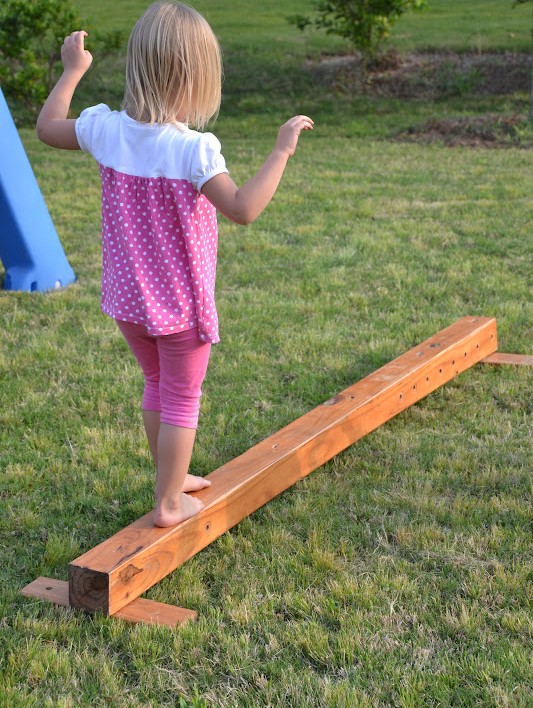Objectives
Learning Objectives
Participants completing this course will be able to:
-
Differentiate the core 4 motor components from the 6 represented sensory components of Neuro-Sensory MotorModel of Maturation that leads the development of vision skills, cerebellar functions, integrated sensory systems,perception, and cognition, as a foundation to efficient performance in activities of daily living (self-care, schoolperformance, communication, etc2. Investigate the implications of the 4 subprocesses that Dr. AM Skeffington’s Model of Vision the Emergent has on human performance3. Elaborate on 3 commonalities of Jean Ayres’s sensory integration theory to Dr. AM Skeffington’s Model of Visionthe Emergent and its impact on learning and behavior.4. Apply neurorehabilitation principles to impaired populations such as those with Traumatic Brain Injury (TBI) andother neurodevelopmental disorders by addressing underlying client factors and performance skills, emphasizing visual and other sensory systems, to promote improved performance of childhood occupations across contexts.5. Practice 5 evaluation procedures to assess the integrity of underlying visual and vestibular systems to assist in designing intervention activities that address self regulation and facilitate engagement in occupation.6.Practice 5 specific intervention activities that can be applied in therapeutic settings that support functional vision skill development and engagement in occupation.
Target Audience:
OT, PT and Assistants
Course Level
Intermediate


